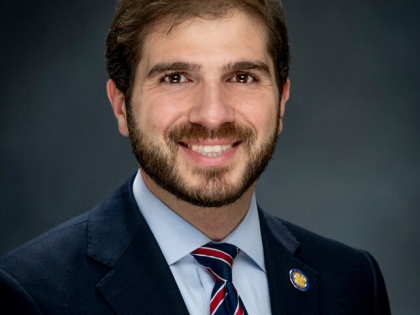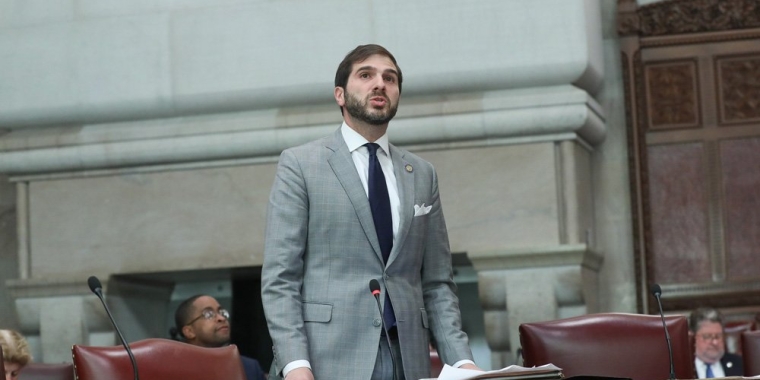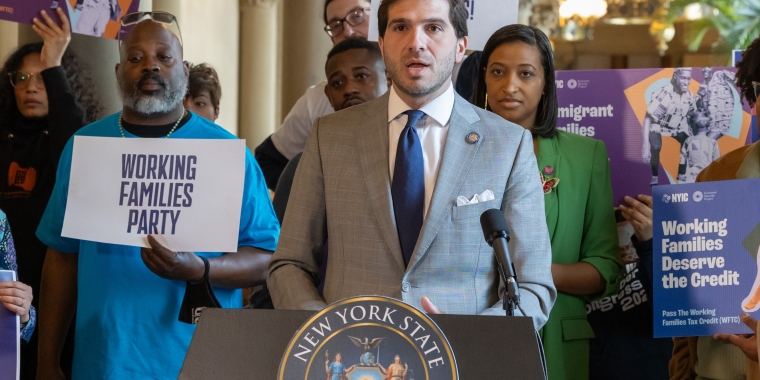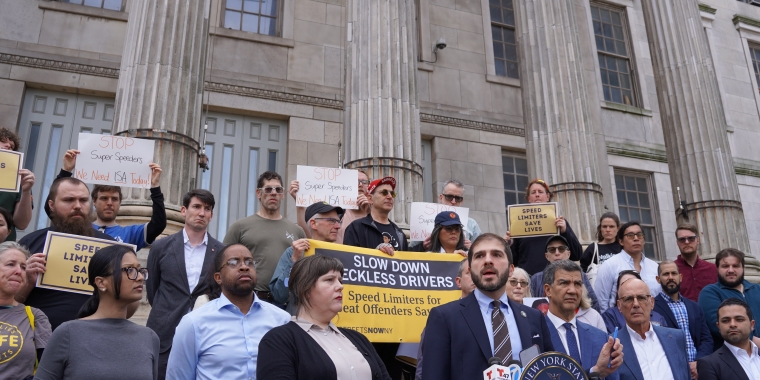
Mask distribution program expands into southern brooklyn after backlash
After initially launching without any outreach to southern Brooklyn, Mayor Bill de Blasio announced on Monday that the city’s face mask distribution program will be expanded to include sites in the previously-snubbed areas of the borough.
“We are now going to ramp up a plan and it will take effect starting immediately to distribute 7.5 million face coverings, meaning, wherever you turn, you’re going to be offered a face covering,” de Blasio said during his May 4 briefing. “And it’s going to be on an ongoing basis for weeks to come to make sure that everyone has what they need.”
The move comes after southern Brooklyn lawmakers blasted the mayor last week for excluding their neighborhoods from the initial effort to hand out 100,000 face masks at dozens of parks throughout the city at scheduled times through May 5.
“Yet again, City Hall forgets that southern Brooklyn exists,” state Sen. Andrew Gounardes told Brooklyn Paper. “With so much open space in southern Brooklyn, including the largest park in all of Brooklyn — Marine Park — it’s outrageous to be shut out of City Hall’s mask distribution program.”
Following the program’s debut, Gounardes organized a letter signed by 16 fellow pols calling on Hizzoner to provide masks to more than one million residents in the southern half of the borough, where many of the city’s essential workers and underserved populations reside.
“This glaring omission leaves out more than a million southern Brooklynites — including many essential workers, senior citizens, non-English speakers, individuals with high-health risks, and NYCHA residents — without access to a protective face covering,” read the letter, delivered to de Blasio on Thursday and later obtained by Brooklyn Paper.
Days later, de Blasio announced that volunteers, who will continue to hand out complimentary face coverings at city parks, will broaden distribution to include NYCHA buildings, Department of Education-sanctioned “grab-and-go” meal hubs, citywide ferry terminals, grocery stores, and Mitchell-Lama buildings.
Southern Brooklyn Councilman Mark Treyger commended the expansion — especially the addition of DOE meal sites — but lamented that his constituents have claimed the added Coney Island locations are not yet equipped with the handouts.
“They went to some of the schools in Coney Island and no one had the masks,” Treyger told Brooklyn Paper, adding also that DOE staffers were unaware of the mayor’s announcement. “[That] really speaks to a level of disconnect between City Hall and their staff.”
The councilman said he’s reached out to City Hall, and that they are “working to rectify the situation.” He also hopes the city will consider distributing masks on the Coney Island Boardwalk, and within other public spaces in his district that tend to draw crowds, instead of concentrating resources in the city’s wealthier zip codes.
“They need to make sure that large public spaces such as the boardwalk also has access and some of our larger parks and open spaces,” Treyger said. “Many of our families, I would argue, have a much greater need than zip codes around Central Park and Prospect Park.”
Until the program fully reaches southern Brooklyn, residents of the area will have to travel several miles to the closest distribution site, which can sometimes be as far as neighboring Queens.
One Coney Islander made a nearly 1.5-hour trip by bike to his closest outpost at Baisley Pond Park in South Jamaica on Monday afternoon, only to find out there were no masks left 15 minutes before the two-hour distribution window had closed.
“People are not happy,” the resident tweeted.



